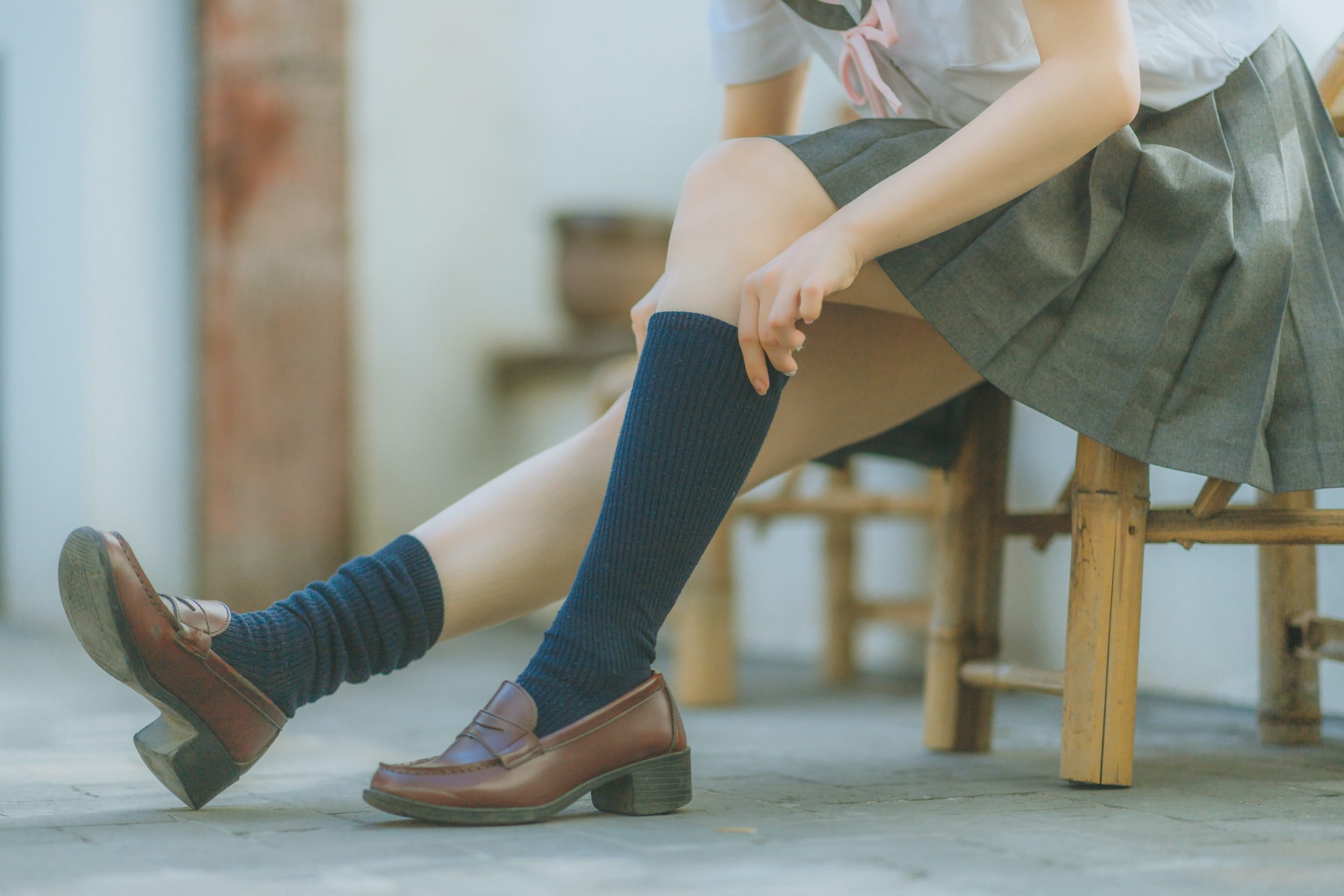The 6 Most Common Spider Vein Myths
Spider veins are a common problem for many people. Though they are often seen as simply a cosmetic issue, they can actually be a sign of more serious vein health problems. In this article, we will explore some of the most common myths about these veins and what you can do to get rid of them.
What are spider veins and what causes them?
They are a type of vein that is smaller and closer to the surface of the skin than other types of veins. Spider veins are often red, blue, or purple in color, and can be seen through the skin. While spider veins in the legs, face and chest are most common, much like varicose veins, these veins can form anywhere on the body.
Spider veins are blood vessels that have broken and formed in clusters just below the surface of the skin, making them easily visible. They are caused by a number of different factors, including genetics, pregnancy, hormonal changes, aging, and lifestyle choices. These veins can also be caused by injuries or medical conditions.
The 6 most common myths about spider veins
There are a lot of myths and misconceptions about these veins. Here are six of the most common ones:
1. Spider veins are always caused by genetics
While genetics may be a factor in some cases, spider veins can also be caused by other factors, such as pregnancy, obesity, or prolonged sitting or standing. Each of these has an effect on your vein health and the blood vessels in the body.
2. Spider veins always require treatment
Many people with spider veins don't need treatment, as their spider veins are mostly harmless. However, if spider veins are causing pain, discomfort, or cosmetic issues, treatment options are available. If you do experience pain or discomfort, please see a vein specialist right away as that can be a sign of something more serious.
3. Spider veins are treated with surgery
The best treatment for spider veins is an office procedure called sclerotherapy, in which an irritating solution is injected into the spider veins. This causes the veins to close up and then disappear over a period of weeks to months.
4. Spider veins will get better over time
Simple measures such as wearing compression stockings, maintaining a healthy weight, or avoiding prolonged sitting or standing can help prevent spider veins. However, spider veins do not disappear without treatment.
5. Compression stockings are a cure
Compression stockings can help to improve their appearance and to prevent them from getting worse, but they cannot cure them completely. Consult a vein doctor to discuss options and the proper steps to take if you want to cure yourself of these damaged veins.
6. If I have spider veins, I must have a circulation problem
Many people with spider veins do not have a circulation problem. In fact, spider veins are common in people who have relatively good circulation. However, if you have spider veins and are also experiencing other symptoms such as pain, swelling, or cramping in your legs, you should see a vein doctor to rule out any underlying circulation problems or issues that can lead to blood clots.
If you're concerned about spider veins, talk to your vein specialist. He or she can help you determine if treatment is necessary and which treatment option is right for you.
How to get rid of spider veins
The best way to get rid of spider veins is to address the underlying cause. If they are caused by weakened valves, then you need to strengthen them. There are a number of ways to do this, including exercise and diet.
Exercise is a great way to maintain healthy veins by strengthening the muscles around the veins and improving circulation/blood flow. Diet is also important, as it can affect the strength of the veins. Foods that are high in fiber and antioxidants including vitamin C, can help with vein health.
You can also get professional help using sclerotherapy which is the most effective method of treating the majority of spider veins. An irritating (sclerosing) solution is injected directly into the vein through a tiny micro-needle. The vein closes and then disappears with normal healing over a period of weeks to months.
If you are unhappy with the appearance of spider veins, you may want to consider seeking professional help. A vein specialist can help you identify the underlying cause and recommend treatment options.
These veins are often misunderstood. They are thought to be a sign of poor vein health when in reality they can occur for a variety of reasons. In this article, we’ve debunked some of the most common myths about spider veins.
We hope this information helps you better understand these pesky little veins and how to deal with them. If you have these veins and want to speak with a vein specialist, contact the vein health professionals at Elmore Medical.
Elmore Medical Vein & Laser Treatment Center is the premier vein specialty medical practice in the Central Valley. Dr. Mario H. Gonzalez and his staff offer years of experience and medical expertise that you won’t find anywhere else. Contact us to set up a consultation appointment.

